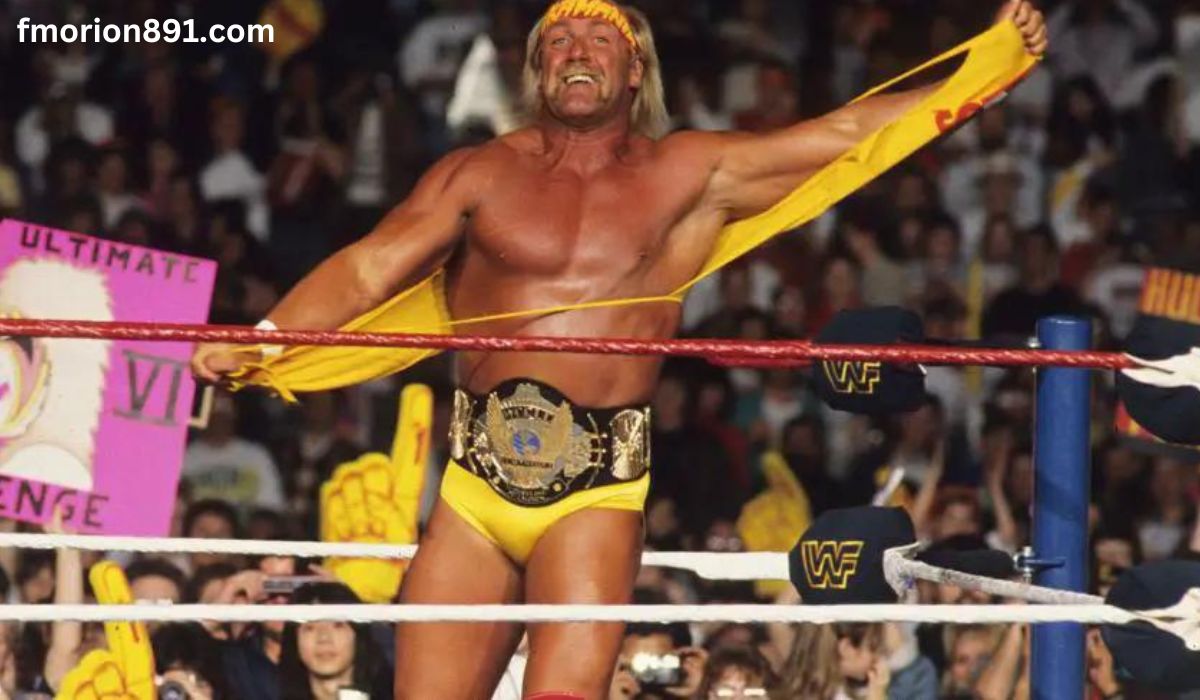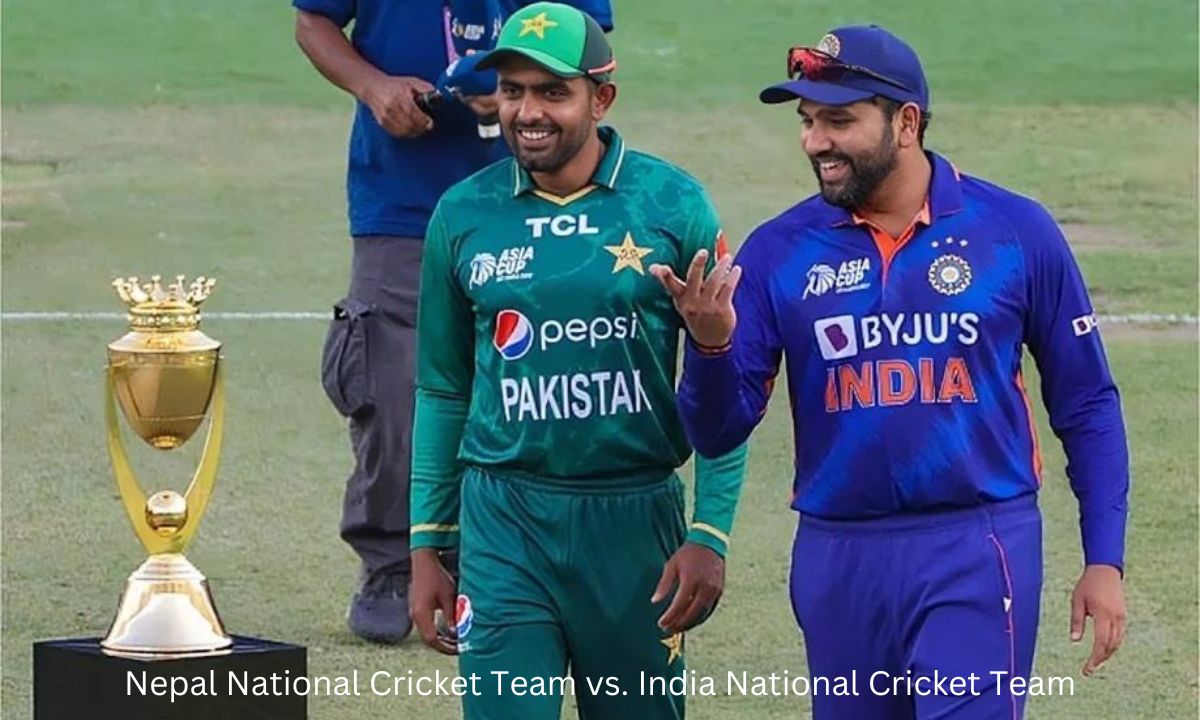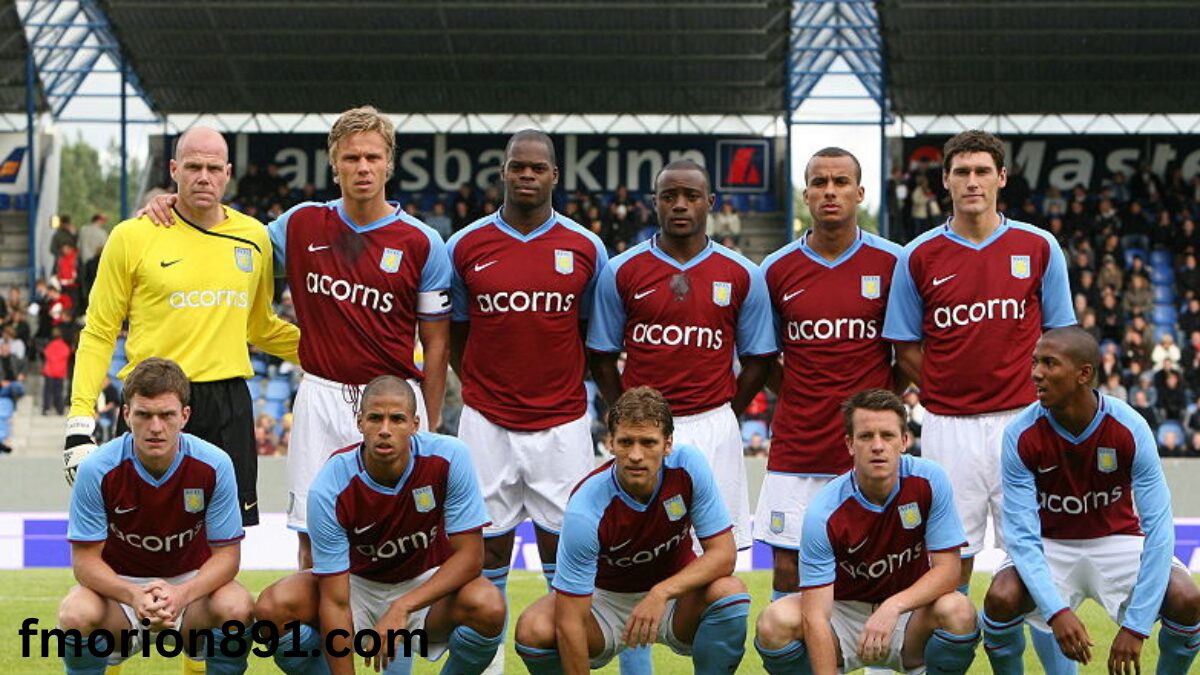Introduction
Baseball, often revered for its rich history and strategic depth, has seen various rule changes over the years aimed at improving the pace of play. One such significant rule is Mound Visits Remaining (MVR). Contrary to some misconceptions, MVR stands for “Mound Visits Remaining,” not “most valuable player.” This rule, introduced by Major League Baseball (MLB), limits the number of times a team can visit the pitcher on the mound during a game. The primary goal is to reduce unnecessary stoppages and maintain a brisk game pace.
The Concept of Mound Visits Remaining (MVR)
Full Name and Definition
Full Name: Mound Visits Remaining (MVR)
Definition: MVR refers to the rule that restricts the number of trips a team can make to the pitcher’s mound during a game. These visits can be made by the manager, pitching coach, or catcher to discuss strategy, offer encouragement, or check on the pitcher’s condition.
Purpose of the Rule
The primary purpose of the MVR rule is to enhance the pace of the game by minimizing unnecessary delays. Baseball games can often be lengthened by frequent mound visits, disrupting the flow and making the game less engaging for fans. By limiting these visits, MLB aims to keep the action moving and maintain spectator interest.
Detailed Breakdown of the MVR Rule
Frequency of Mound Visits
The MVR rule specifies the following limits on mound visits:
- Regular Season and Postseason: Each team is allowed six mound visits per nine-inning game.
- Extra Innings: Teams receive one additional mound visit for each extra inning played.
Exceptions to the MVR Limit
Certain situations do not count towards the MVR limit:
- Pitching Changes: Any visit that results in a pitching change is exempt from the mound visit count.
- Injury Checks: Visits made to check on an injured player do not count towards the limit.
- Mound Visits by Position Players: If a position player visits the mound to speak with the pitcher, these visits count towards the MVR.
Enforcement and Penalties
To ensure compliance with the MVR rule, umpires are tasked with monitoring the number of mound visits. If a team exceeds the allowed number of visits, the umpire can issue a warning or impose penalties, which may include a ball being added to the count of the current batter.
Strategic Impact of MVR
Managerial Adjustments
Managers and coaching staff must now strategize their mound visits more judiciously. With a limited number of visits, each trip to the mound must be purposeful and impactful. This has led to a shift in how managers handle in-game situations, often reserving mound visits for critical moments or when a pitcher is in obvious distress.
Catcher’s Role
Catchers play a crucial role in managing the game and the pitcher’s performance. The MVR rule has increased the importance of pre-game preparation and in-game communication between the pitcher and catcher. Catchers must be adept at recognizing when a mound visit is essential and when they can manage the situation from behind the plate.
Psychological and Physical Factors
Mound visits often serve as a psychological break for pitchers, allowing them to regroup and refocus. With the MVR rule, pitchers must adapt to fewer opportunities for such breaks, potentially affecting their performance under pressure. Additionally, the physical toll on pitchers might increase, as they have less time to rest and recover between pitches.
Historical Context and Rule Evolution
Introduction of the MVR Rule
The MVR rule was introduced by MLB before the 2018 season as part of a broader effort to speed up the game. The decision came after extensive discussions among league officials, players, and managers about ways to reduce game length and enhance the overall pace of play.
Initial Reactions
When first introduced, the MVR rule received mixed reactions. Some traditionalists opposed the change, arguing that mound visits are an integral part of baseball strategy. However, many fans and analysts supported the rule, noting that it would help reduce unnecessary delays and make games more engaging.
Adjustments Over Time
Since its implementation, MLB has made minor adjustments to the MVR rule based on feedback and observations. These adjustments ensure that the rule effectively balances the need for strategic discussions with the goal of maintaining a brisk game pace.
Comparative Analysis: Pre- and Post-MVR
Game Pace and Duration
Pre-MVR Era: Before the MVR rule, games often included numerous mound visits, leading to prolonged game durations. Managers and catchers frequently visited the mound to discuss strategy, check on pitchers, or simply break the opposing team’s momentum.
Post-MVR Era: Since the introduction of the MVR rule, there has been a noticeable reduction in game duration. By limiting mound visits, the rule has helped keep the action moving, resulting in shorter, more dynamic games.
Strategic Depth
Pre-MVR Era: Mound visits were an essential part of in-game strategy, allowing managers and coaches to make real-time adjustments and provide critical guidance to pitchers.
Post-MVR Era: The MVR rule has not diminished the strategic depth of the game but has shifted how strategies are implemented. Teams now focus more on pre-game planning and rely on real-time communication between pitchers and catchers to make adjustments during the game.
Case Studies: Impact of MVR on Specific Games
Notable Games Affected by MVR
Several games since the introduction of the MVR rule have highlighted its impact on gameplay. For instance, in high-stakes postseason matches, managers have had to carefully consider when to use their allotted mound visits, often saving them for crucial moments late in the game.
Manager and Player Feedback
Feedback from managers and players has been instrumental in fine-tuning the MVR rule. While some initially expressed concerns about the limitations, many have adapted and recognized the benefits of a faster-paced game. Players, particularly pitchers and catchers, have developed new routines and strategies to cope with the reduced number of mound visits.
Future Prospects and Potential Changes
Ongoing Evaluation
MLB continues to evaluate the MVR rule and its impact on the game. Regular feedback from teams, players, and fans is considered to ensure the rule remains effective and beneficial for the sport.
Possible Adjustments
Future adjustments to the MVR rule may include variations based on game context, such as additional visits for playoff games or specific scenarios where extra guidance is crucial. MLB aims to strike a balance between maintaining the pace of play and preserving the strategic elements that make baseball unique.
Diagram: MVR Workflow in a Nine-Inning Game
To visually represent the MVR workflow, consider the following diagram:
YOU MAY ALSO LIKE
Dive Deep into the Red: Your Guide to Redandwhitemagz.com, the Liverpool FC Fan Community
Conclusion
The Mound Visits Remaining (MVR) rule represents a significant step towards enhancing the pace of play in baseball. By limiting the number of mound visits, MLB has successfully reduced unnecessary stoppages, making games shorter and more engaging for fans. While the rule has required adjustments in strategy and communication, it has ultimately contributed to a more dynamic and enjoyable baseball experience. As the game continues to evolve, the MVR rule will likely remain a key component of MLB’s efforts to balance tradition with modern demands for faster-paced sports entertainment.










